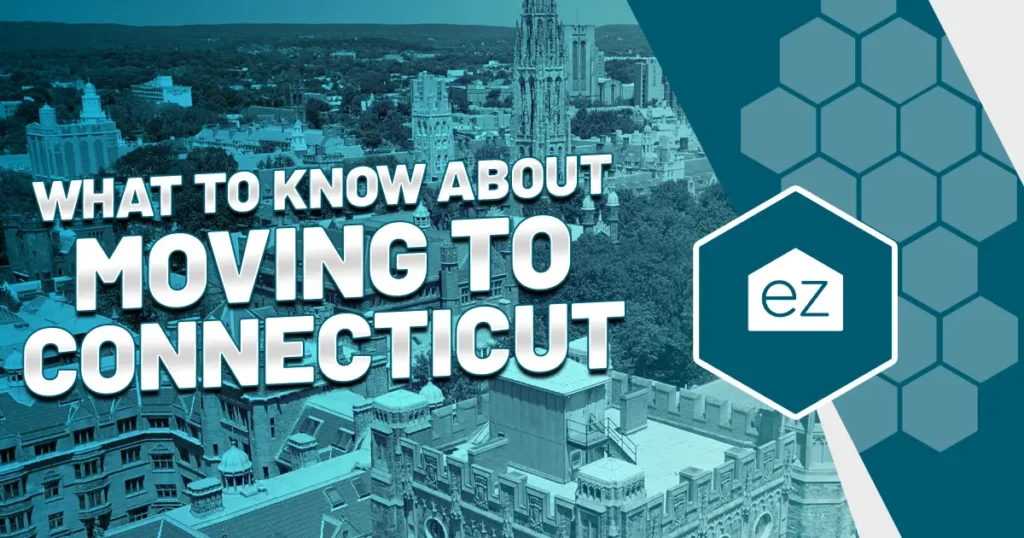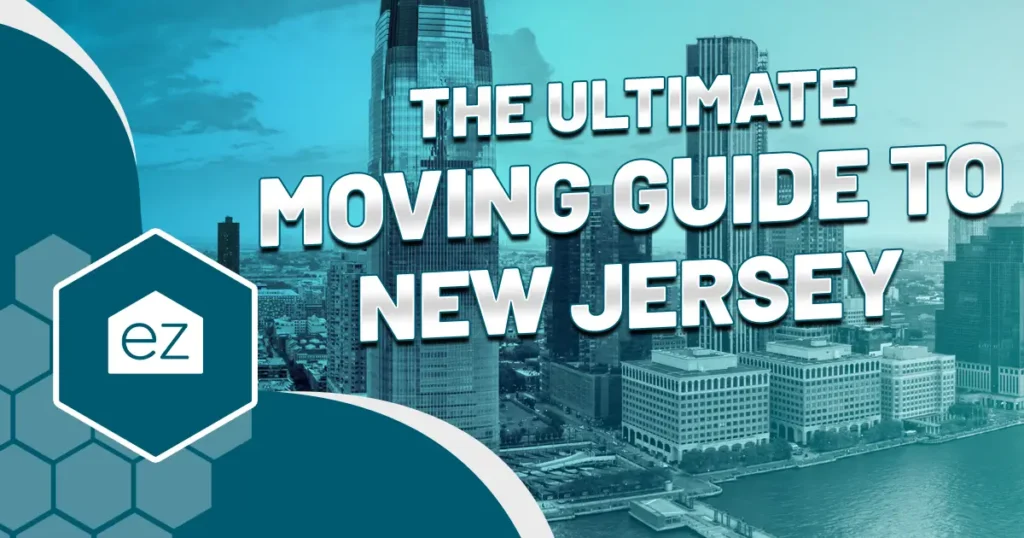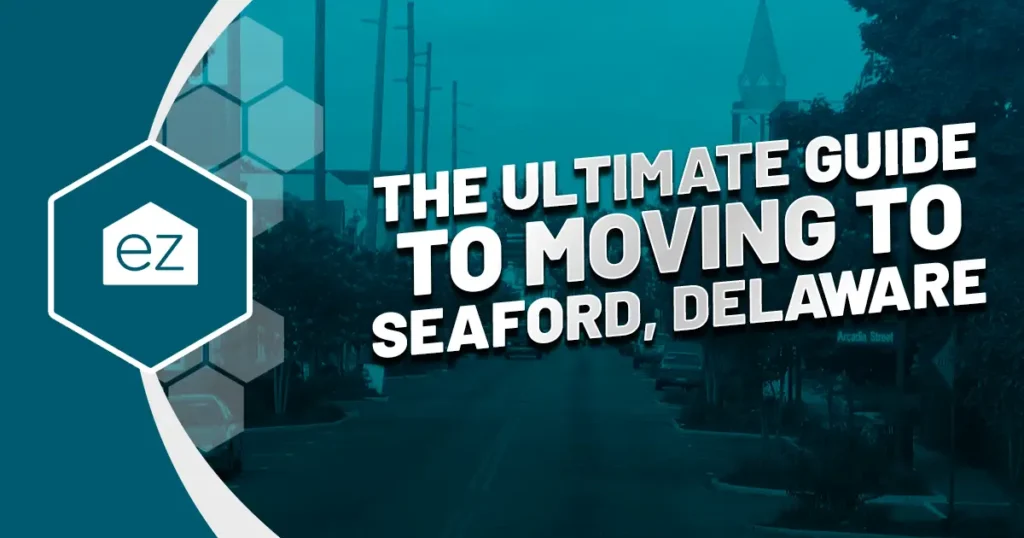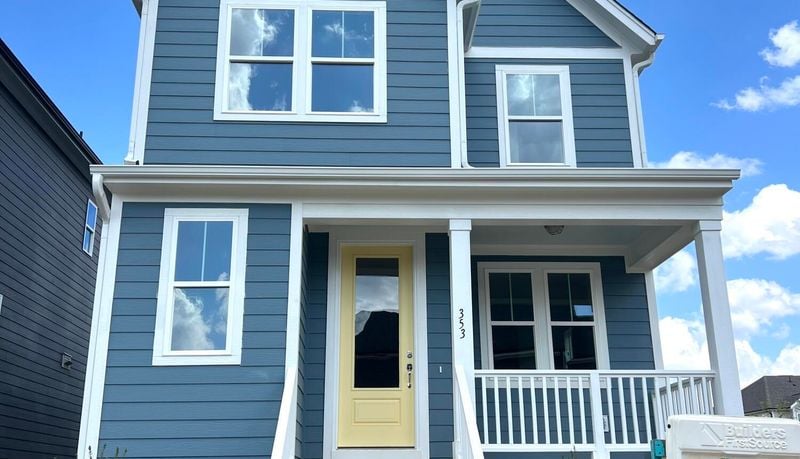Your Guide for Moving to West Virginia
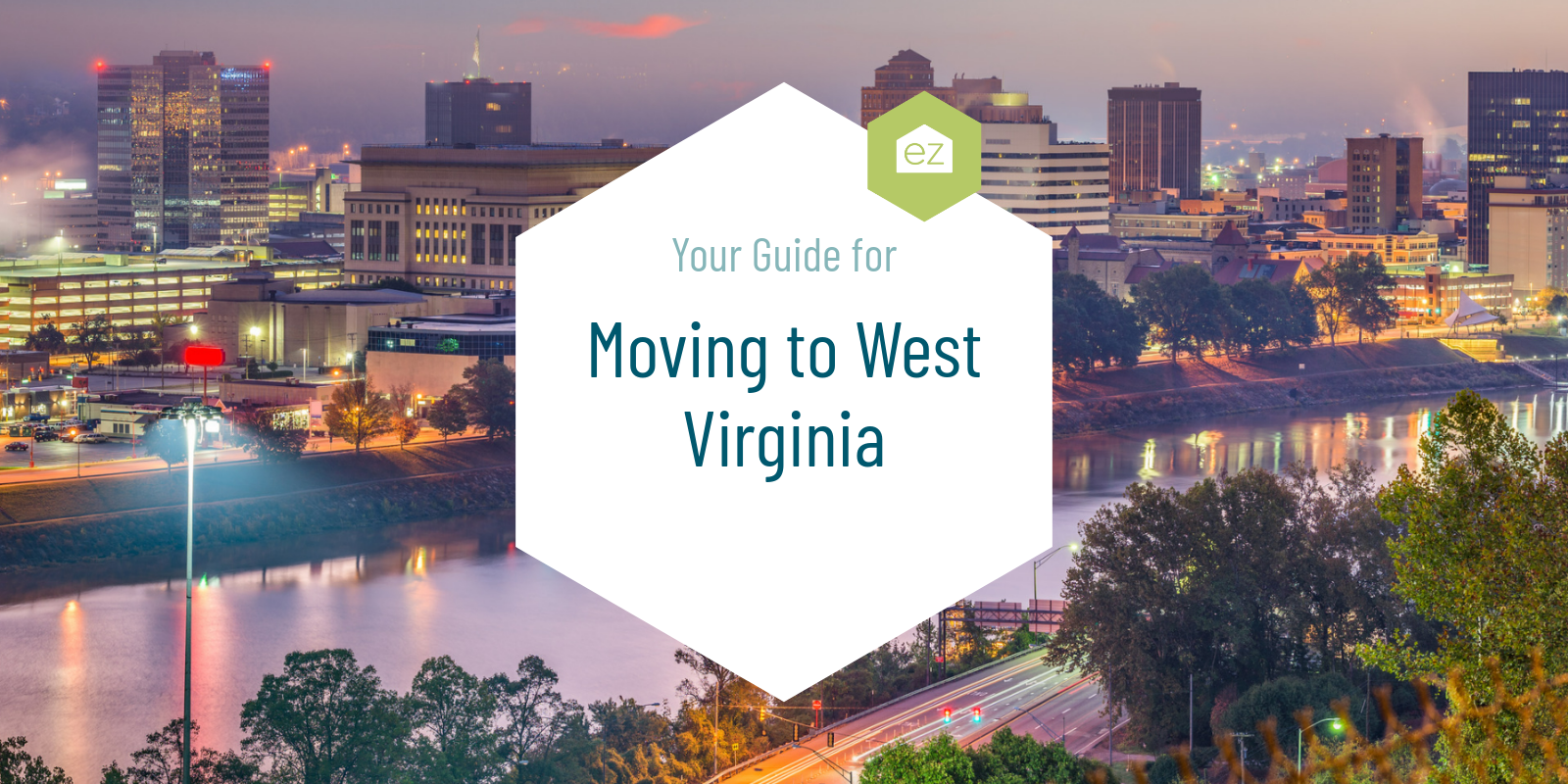
Your Guide for Moving to West Virginia
They say once the mountains get in your blood, they never truly leave. West Virginia’s peaks and rural backcountry are memorialized in John Denver’s Take Me Home, Country Roads, now the official state song. Many people know the state for its storied mining history, Appalachian folk culture, and vast forests.
But this mountainous state in the central Atlantic region is more than coal and trees. Its GDP has been growing, even as mining production declined. Its bountiful outdoors is a treasure attracting people to visit and put down roots in the state.
West Virginia should definitely be a state to check if the mountain lifestyle sounds appealing. Learn more about the Mountain State, from some useful basic information to what features might make it the best place to live for you.
Basic West Virginia Facts
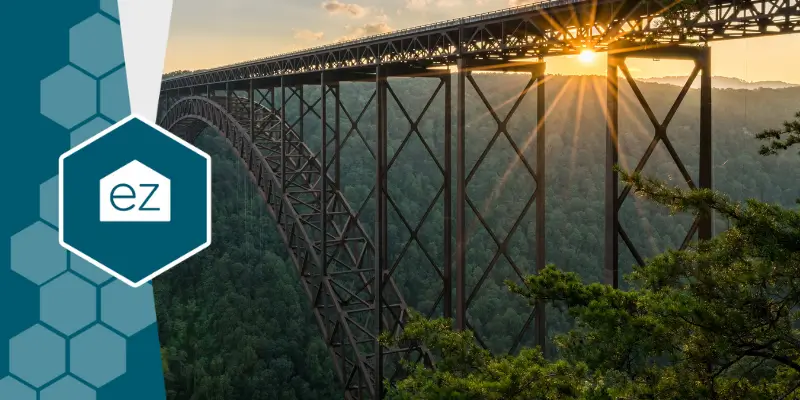
West Virginia is an eastern US state known for its forests and rolling mountains. In fact, about 80% of the state is forest. It’s also the only state fully inside the Appalachian Mountain range.
The capital of West Virginia is Charleston, situated near the center of the state along the Kanawha River. It’s also the state’s largest city but only had 48,018 residents in 2021.
West Virginia achieved statehood in 1863 through a proclamation from President Abraham Lincoln. It’s the only state to achieve statehood this way.
The iconic New River Gorge Bridge spans 1,815 feet across the New River Canyon and is the largest steel-arch bridge in the US. You’ll see it often featured in the state’s tourism advertising or branding.
Cost of Living

The cost of living in West Virginia is all-around lower than the US average, making it more affordable to live there than in other areas. Sperling’s Best Places Index said its overall score was 20% cheaper than the national median. While healthcare was 27% more expensive, real estate was 60% less expensive. That’s not a typo!
A family of four with one adult working would need to make $57,712 after taxes to meet all expenses. The MIT Living Wage index found the average family spent $9,856 on food and $9,986 on housing. Transportation costs were $15,012. It would take a salary of $34.88 an hour to fulfill living expenses in the state.
Transportation costs are higher than typical, but that’s often because of the rough terrain, roads, and distances between places. Expect longer commute times and, as a result, more expenses in transportation.
West Virginia’s Regions

West Virginia’s terrain and borders mean it can take some time to navigate the many valleys and peaks to reach its various regions. The state is generally divided into nine regions. A few well-known areas:
Eastern Panhandle & Potomac Highlands: Tucked around Maryland and Virginia, this region is home to the bustling town of Martinsburg, several state parks, and public lands.
Northern Panhandle: This narrow slice extends northward between Ohio and Pennsylvania and includes the cities of Weirton and Wheeling.
Mid-Ohio Valley: Along the Ohio River, this region includes Parkersburg and Vienna and is known for its oil and natural gas reservoirs. You’ll find many historic sites, riverfront cities, and small towns.
Hatfield-McCoy Mountains: This rugged, mountainous region is home to the famous Hatfield-McCoy feud and includes some of the state’s wildest parts. Coal mining heritage is prevalent, as is an extensive trail system.
Metro Valley: This region includes Charleston, the West Virginia State Capitol complex, and many outdoor attractions, such as Little Beaver State Park and Kanawha State Forest. Suburbs include Huntington, St. Albans, Winfield, and Dunbar.
Mountain Lakes: Vacationers flock to this mountainous retreat, which includes the cities of Summerville, Burnsville, and Sutton. Not everyone thinks of West Virginia as waterfront, but its lakes provide deep, clear waters and ample space for swimming and boating on a hot summer day.
New River & Greenbrier Valley: This southern region is an outdoor tourism hotspot with a mix of rural and urban. It includes the towns of Lewisburg, Beckley, and Princeton. The New River Gorge attracts people for whitewater and rock climbing, while Greenbrier Resort draws people seeking to kick back in style.
Climate
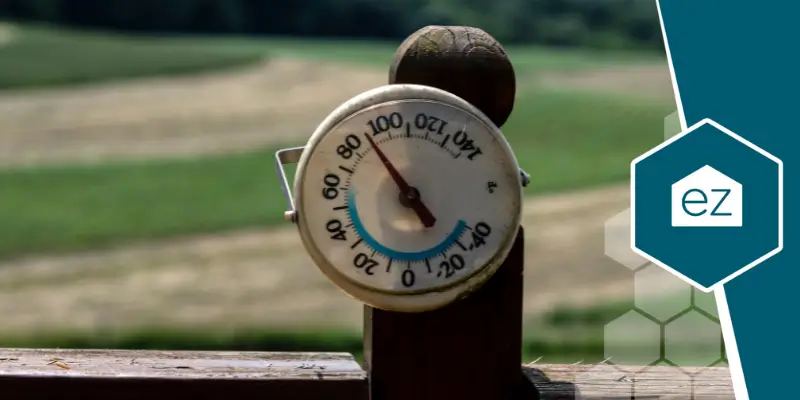
West Virginia’s temperate climate delivers four distinct seasons. Summers are warm and humid, while the jet stream pushes moisture into the area in the winter, resulting in snow and wet cold. This is particularly notable in the northeast, where winter storm systems are more prevalent.
Of course, elevation dramatically impacts the state’s climate. Those living in higher mountain regions will experience cooler temperatures and more precipitation than those living in lower elevations. The average summer high peaks at about 85F in southwest West Virginia, whereas the central mountains are closer to 80F. Winter average minimum temperatures range from 30F in the far south to 20F in the northeastern and central mountains.
Rainfall can be anywhere from 35-50 inches annually, depending on where you live in the state. The eastern Panhandle sees the lowest amount of precipitation.
What does all this mean for you? A vehicle with four-wheel drive might be an asset on those snowy winter days. Owning a generator may also be a bonus if you opt to live in a rural area.
Population Growth
West Virginia’s population growth is slow compared to other states, with a population of 1.79 million in 2020, according to the US Census Bureau. This number is down 1% from 2010. The Census estimated a 0.5% decrease from 2020-2021.
One estimate shows West Virginia will experience a population decline between 2020 and 2040 of 7.8%. It’s already the 13th least populated state but is more inhabited than states with smaller footprints like Vermont and Rhode Island or those out west like Wyoming.
The state’s median age was 43, which is higher than the national average of 46 states. Only Maine, Vermont, and New Hampshire are older.
Economy/Job Market
It may surprise you that WV sees tourism as the state’s leading industry, not mining or coal! The state has been working to diversify its exports and economic development to strengthen its economy in the long run. US News and World Report ranked WV overall no. 48, primarily for its poor business environment, but it rose to no 39 in economic growth.
West Virginia’s unemployment rate was 4.1%, while the US reported 3.5% in November 2022. This is higher than the national average but lower than it has been in recent years.
Still, you can’t deny that mining and energy production are intricately tied to the state’s economy. It produced 15% of the nation’s fossil fuel energy and was its second-largest coal producer.
The largest industries in the state are government, health care, mining, and manufacturing. Forest products also add $3.2 billion annually to the state’s economy and account for 30,000 jobs. Tourism plays a vital role due to the abundance of outdoor attractions across the state.
The top employers based on the number of persons employed were:
- WVU Medicine
- Walmart
- CAMC Health Systems
- Mountain Health Network
- Kroger
- Lowe’s
- Contura Energy
- Mylan Pharmaceuticals
- American Consolidated Natural Resources
Real Estate Market
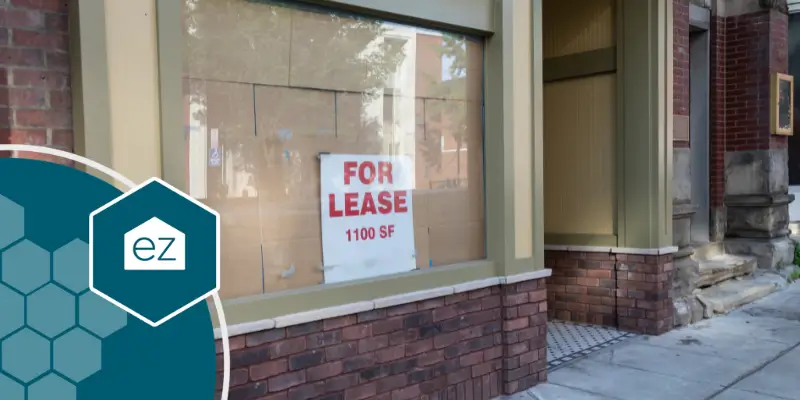
West Virginia’s housing market is more affordable than most other states, with a median home value of $145,991 in late 2022. Home values were up almost 12% year over year.
The median home prices in the state’s largest metros in January 2023 were:
- Charleston, $159,000
- Morgantown, $285,000
- Huntington, $144,500
- Martinsburg, $280,000
- Parkersburg, $145,000
Taxes
West Virginia sits near the middle in overall tax burden, coming at no. 17 in the US on WalletHub’s assessment. For state income tax, the rate varies from 3-6.5% based on your earnings. To see where you fall, visit the West Virginia Tax Division for tax rate forms. The corporate income tax rate was 6.5%.
The sales tax rate is 6%, and the maximum a local jurisdiction can add is 1%. The average sales tax paid in the state was 6.52, says Tax Foundation.
The state’s property tax burden was one of the lowest, coming in at no. 40. West Virginia has four property classes, with owner-occupied residential real estate fitting into class II. The individual counties and municipalities set their taxing rates; however, the millage rates cannot exceed 0.5 for the state, 28.6 for the county, 25 for the municipality, and 45.9 for the school board. All millage rates are $1 for every $100 of property value.
Education

US News and World Report place West Virginia as an overall no. 45 on its annual education rankings. PreK-12 was no. 41, while higher education was no. 47.
West Virginia’s K-12 schools are overseen by the West Virginia Department of Education. The public school system consists of 55 counties and 683 schools.
The state has eight public universities, four-year colleges, and 13 community and technical colleges. Together with private colleges, it has a combined 44 colleges and universities. The highest ranked universities were West Virginia University, Marshall University, and Shepherd University.
Outdoor Recreation
West Virginia is a prime state for those who love being outdoors. Here’s a small sampling of what awaits:
New River Gorge National Park: One of the largest canyons in the eastern US, New River Gorge is an excellent spot for rock climbers and hikers. It’s one of the newest parks in the National Parks system. However, people have enjoyed the area’s beauty and adventure options for decades.
Monongahela National Forest: Located in the eastern part of West Virginia, Monongahela National Forest provides camping, hiking, and wildlife viewing. Dolly Sods Wilderness Area is famous for its vistas, and the Cranberry Glades Botanical Area offers a unique wetlands experience.
Seneca Rocks: Known for its towering sandstone spires, Seneca Rocks is a popular spot for rock climbers. The surrounding countryside is beautiful for camping, hiking, and stream fishing.
Whitewater Rafting: Some of the best whitewater rafting in the country is found at West Virginia’s Gauley River and New River.
Winter Sports: West Virginia has plenty of winter sports, from skiing to snowmobiling and sledding. Snowshoe Mountain Resort, Canaan Valley Ski Resort, and Winterplace Ski Resort are the most popular ski areas.
Off-Roading: With hundreds of miles of scenic forests to explore, ATV and off-roaders can find over 1,000 miles to explore, particularly in the Hatfield-McCoy region, just 20 minutes from Charleston.
Mountain Biking: West Virginia’s trails offer a variety of terrain, from beginner-friendly to advanced. Popular spots include Spruce Knob, Kanawha State Forest, and the Monongahela National Forest.
Fly Fishing: West Virginia is known for its exceptional fly fishing, with over 20,000 miles of streams. Popular spots include Elk River, Cranberry River, Dry Fork, and Seneca Creek.
You also have stunning underground caverns, horseback trails, hunting sports, and prime stargazing. In truth, all these options just scratch the surface of the outdoor recreation activities and locations in West Virginia.
Arts and Culture
For those who want a break from outdoor recreation, West Virginia is home to many cultural and art festivals. For instance, hear influences from Celtic, African, blues, and folk traditions live at Summerville’s Music in the Mountains festival.
West Virginia’s capital, Charleston, is the center for many of the state’s museums, art galleries, theater companies, and musical organizations. The city hosts annual festivals such as the Vandalia Gathering Folk Music Festival and the West Virginia International Film Festival.
The Mountain State has many family-owned farms which supply farm-to-table dining across the state. Those living in the city are served by farmer’s markets where they can find varied and fresh selections.
Besides farm-to-table dining, West Virginia has a few dining quirks. One is a love of pepperoni rolls, which the locals will tell you is unrelated to stromboli. Another is the prevalence of Tudor’s Biscuit World, a beloved WV chain fast food restaurant.
Across the state, you can experience history at places such as Harpers Ferry National Historical Park, the Bluestone Dam, and coal mining ghost towns. Civil War battlefields show West Virginia’s involvement in key moments in American history.
Living in West Virginia
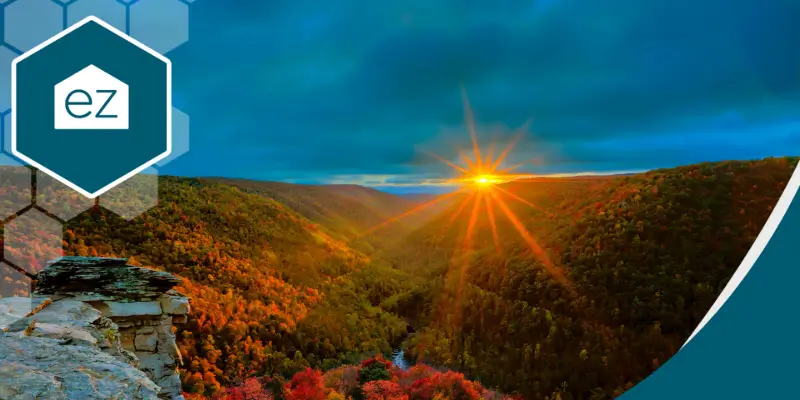
Experience the natural beauty of the state, its unique culture, and its history firsthand by calling it home. Whether you’re looking for an outdoor adventure or a cultural experience, West Virginia can provide it!
With its low cost of living, plentiful job opportunities, diverse recreational activities, and friendly communities, moving to West Virginia is an enriching experience. So why not start looking into a move today? Let a friendly local real estate agent help you find your West Virginia mountain home.
